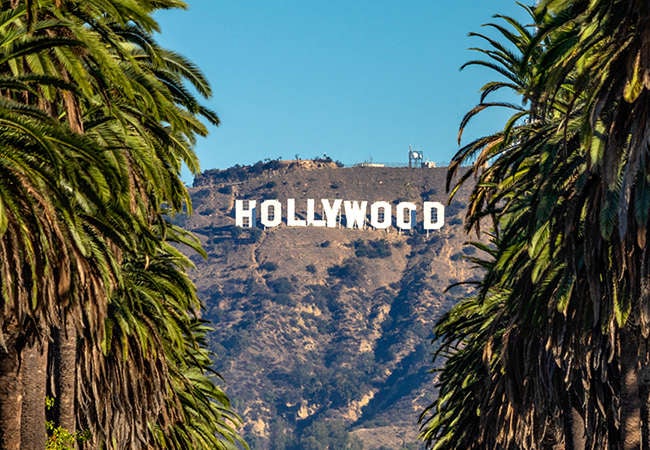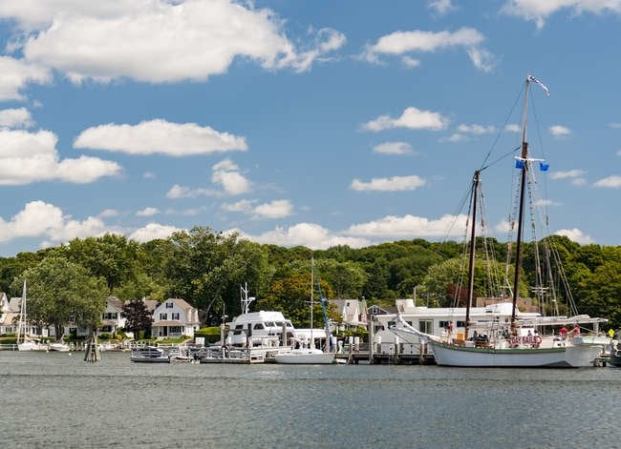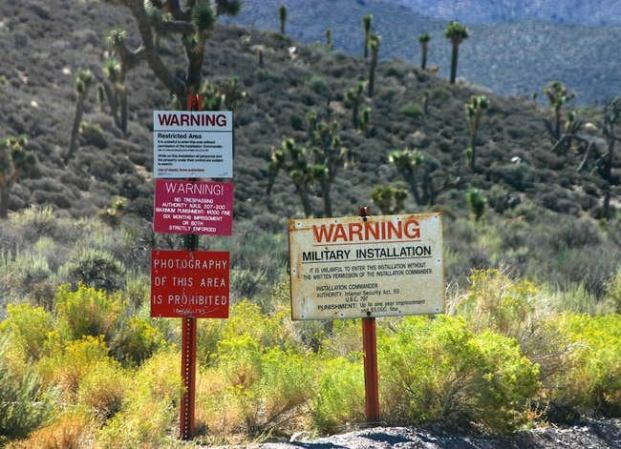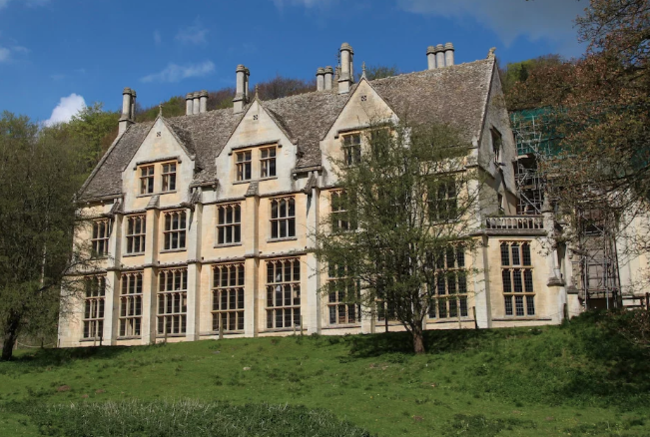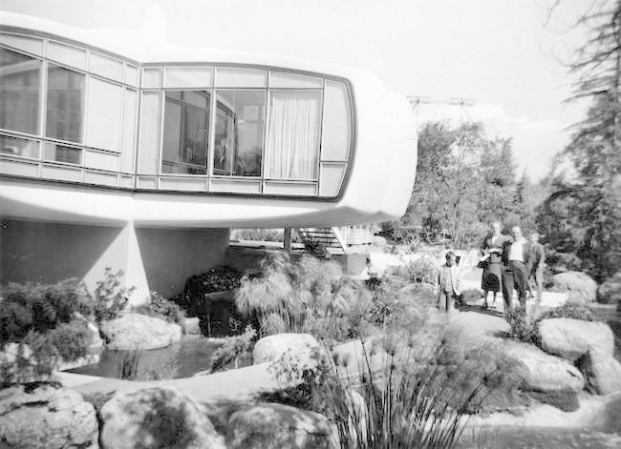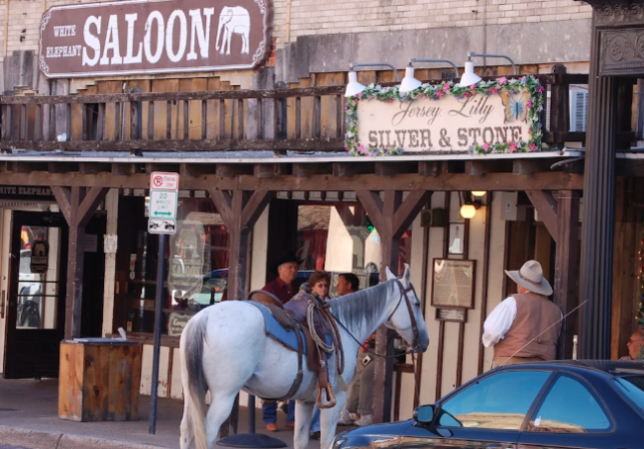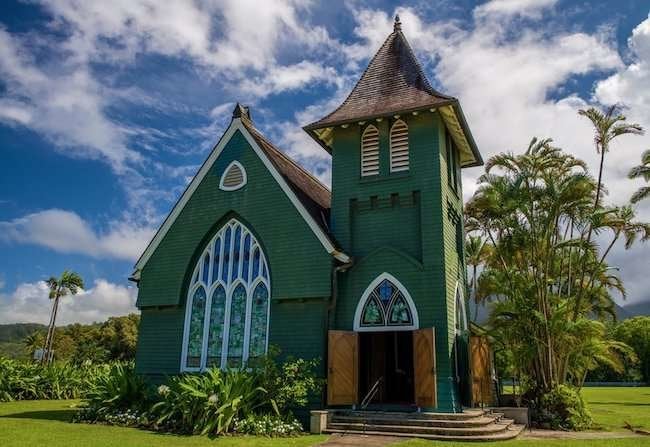We may earn revenue from the products available on this page and participate in affiliate programs. Learn More ›
Landmarks We Almost Lost
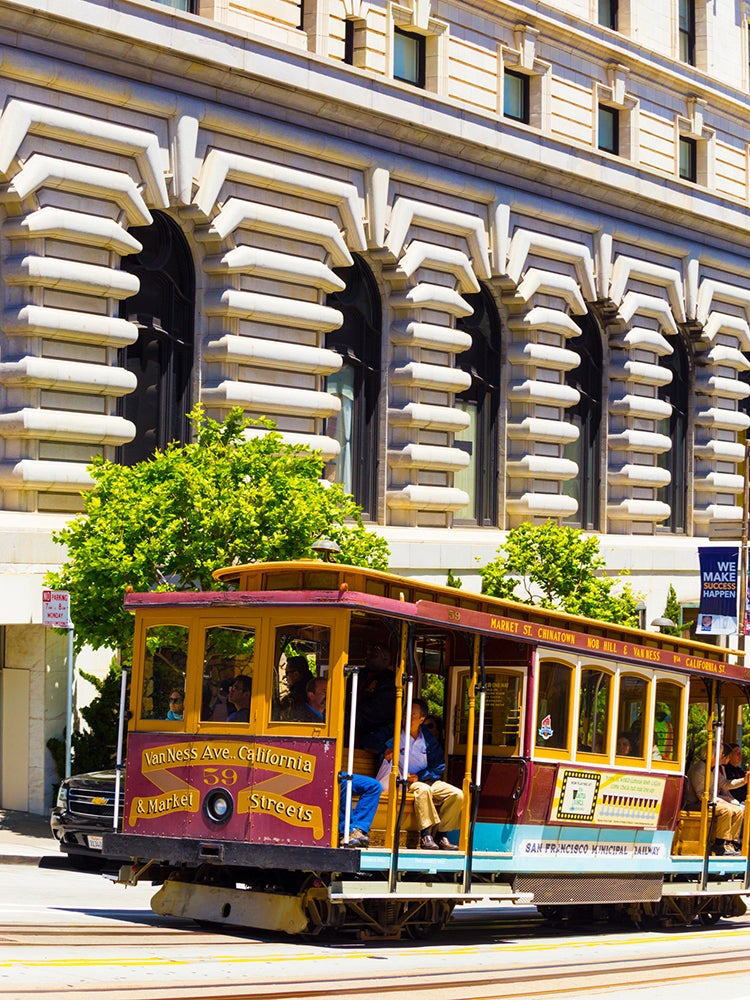
Throughout American history, certain buildings and monuments have played significant roles in the story of our country. Unfortunately, some of these national symbols have been destroyed, and while the landmarks on this list are still with us today, their survival once teetered on the brink. Read on to learn about 10 important American sites we almost lost to war, neglect, natural disaster, greed, or a misguided commitment to progress.
Old South Meeting House – Boston, Massachusetts
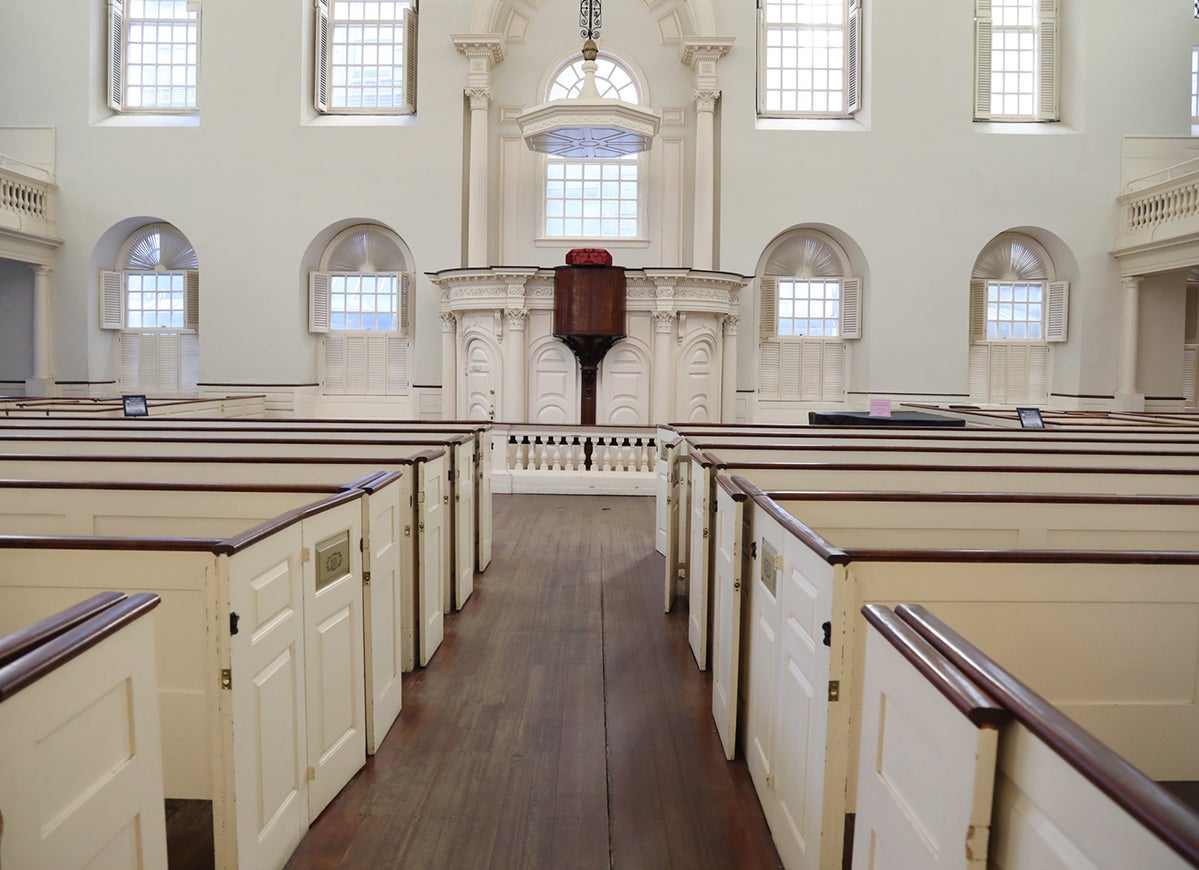
The Old South Meeting House was the largest building in Boston during the colonial era. Its place in history was sealed on December 16, 1773, when Bostonians gathered for one last attempt to force ships in Boston Harbor to return to England without unloading their cargo. When this effort failed, the secret group of revolutionaries known as the Sons of Liberty sprang into action. That evening, they donned disguises, boarded the ships, and tossed the cargo—tea—overboard. The meeting house, the starting point of this famous protest and symbol of American resistance, was almost lost to the Great Fire of Boston in 1872, but thanks to the valiant efforts of firefighters, this important structure still stands in downtown Boston.
Related: 25 Places Every American Should Visit at Least Once
The Alamo – San Antonio, Texas
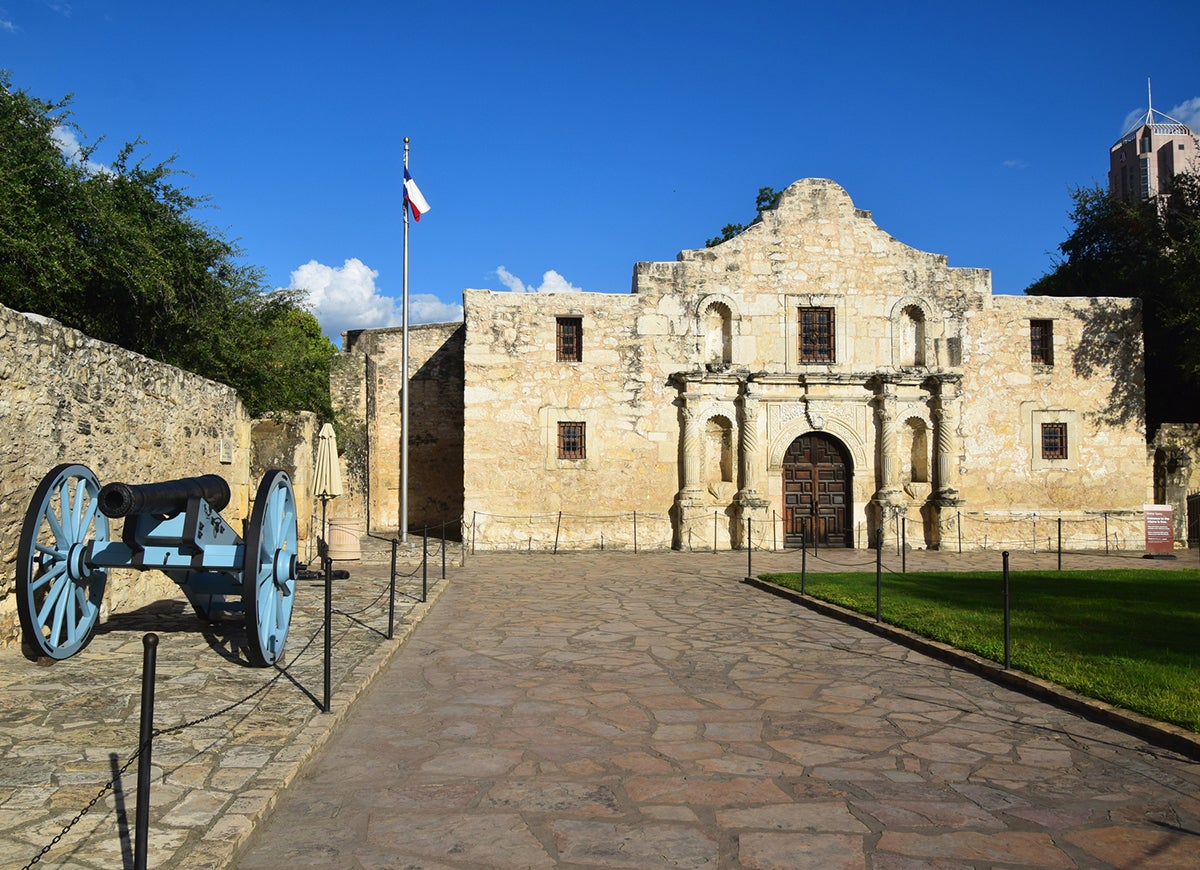
This Spanish mission, the site of a storied battle for Texas’s independence, sustained extensive damage during the Texas Revolution and the tumultuous years that followed. By 1875 the Army had abandoned the Alamo, and the site fell into disrepair. Adina De Zavala, a schoolteacher and a granddaughter of Lorenzo De Zavala, the first vice president of the Republic of Texas, enlisted the help of Clara Driscoll, an heiress interested in historical preservation, to purchase the property. After much legal, financial, and personal drama, in 1908 the site was taken over by the Daughters of the Republic of Texas, an organization devoted to preserving the memory of the founding families of the republic. (De Zavala was involved with the San Antonio chapter.) Thanks to De Zavala’s determination, the Alamo was saved from destruction and preserved for future generations.
Landmark Center – St. Paul, Minnesota
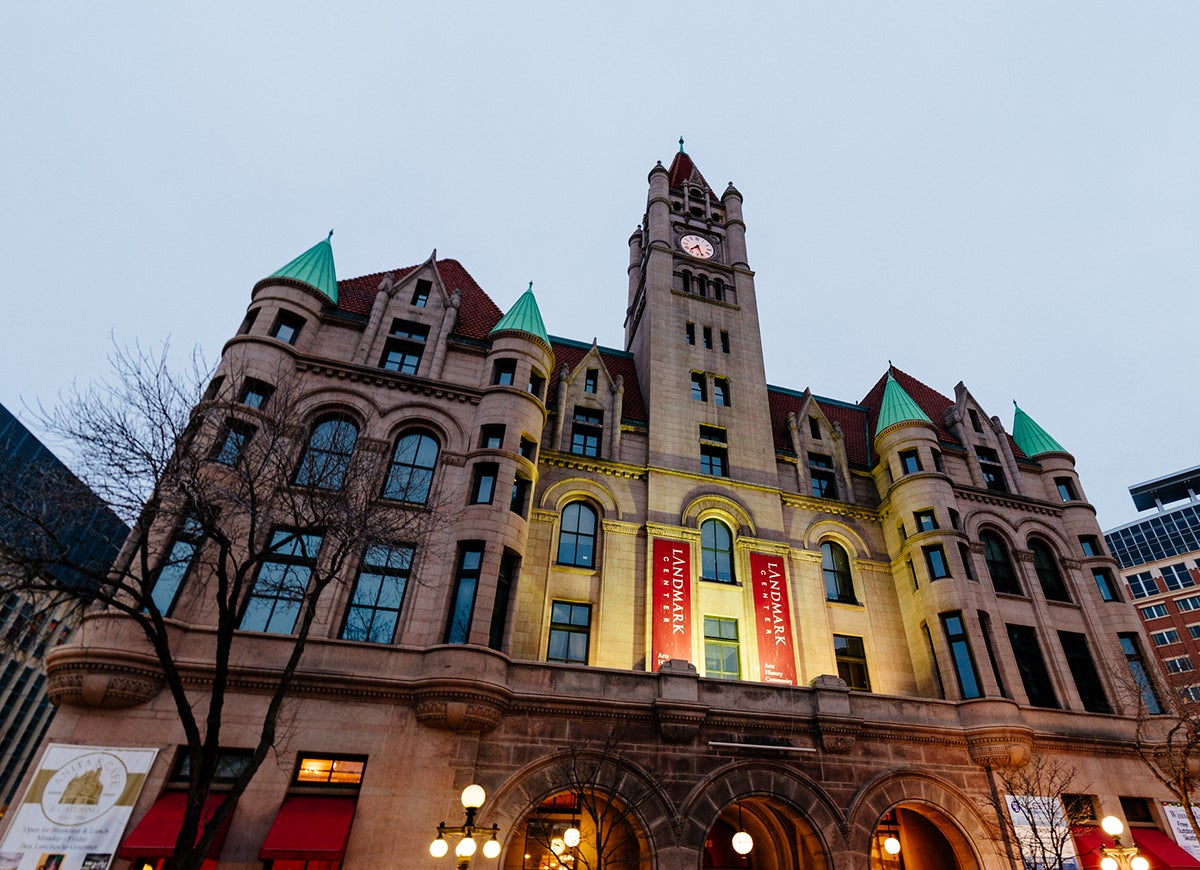
The building that is now known as Landmark Center in St. Paul has worn many hats. Completed in 1902 after 10 years of construction, it initially served as a U.S. Post Office, Federal Court House, and Custom House for the state. Unfortunately, the impressive Richardsonian Romanesque structure was difficult to maintain, and various “updates” obscured or removed some of its most beautiful features. By the 1970s, the building was dilapidated and nearly empty. A group of concerned citizens embarked on a campaign to save the historic building and raised money for the first phase of repair work, saving the building from the wrecking ball.
The Hollywood Sign – Hollywood, California
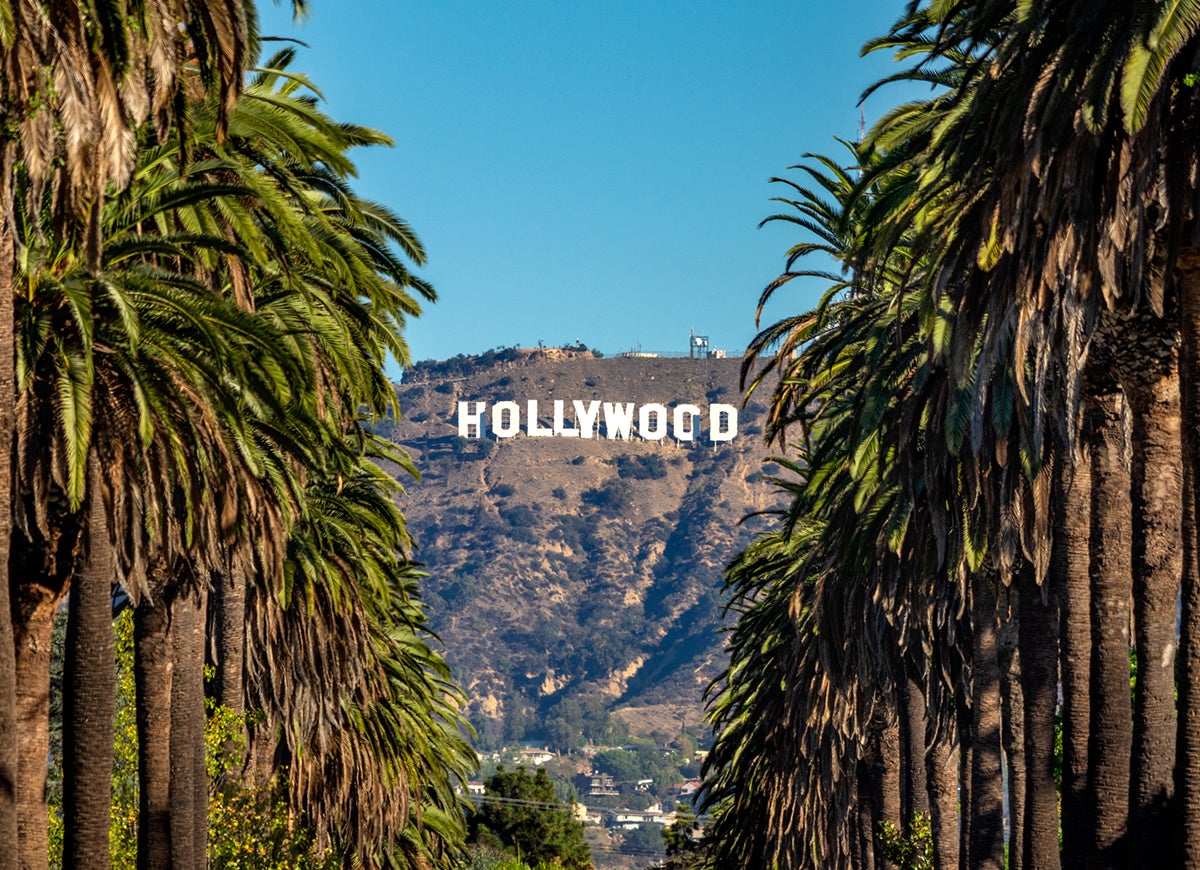
The famous symbol of Tinseltown has endured much damage through the years. Erected in 1923 to advertise a real estate development, the sign initially read “Hollywoodland.” Lasting far longer than its anticipated 18 months, the sign came to represent the movie industry and the city that stretched out below it. In 1949, “land” was removed from the sign, distancing it from its real estate origins and making it more reflective of the community. But by the 1970s, the weather-beaten sign had started to wither into rust. Soon after a face-lift in 1973, it became apparent that the sign needed to be completely replaced. The Hollywood Chamber of Commerce launched a “Save the Sign” campaign, Playboy Enterprises founder and chief, Hugh Hefner, hosted a fundraiser and provided financial support, and many other celebrities donated money—or purchased entire letters—to bring glitz and glam back to the famous sign on Mount Lee. Hef came to the rescue again in 2010, when he contributed $900,000 toward the purchase of the peak behind the sign, forever protecting the iconic view.
The Statue of Liberty – New York City
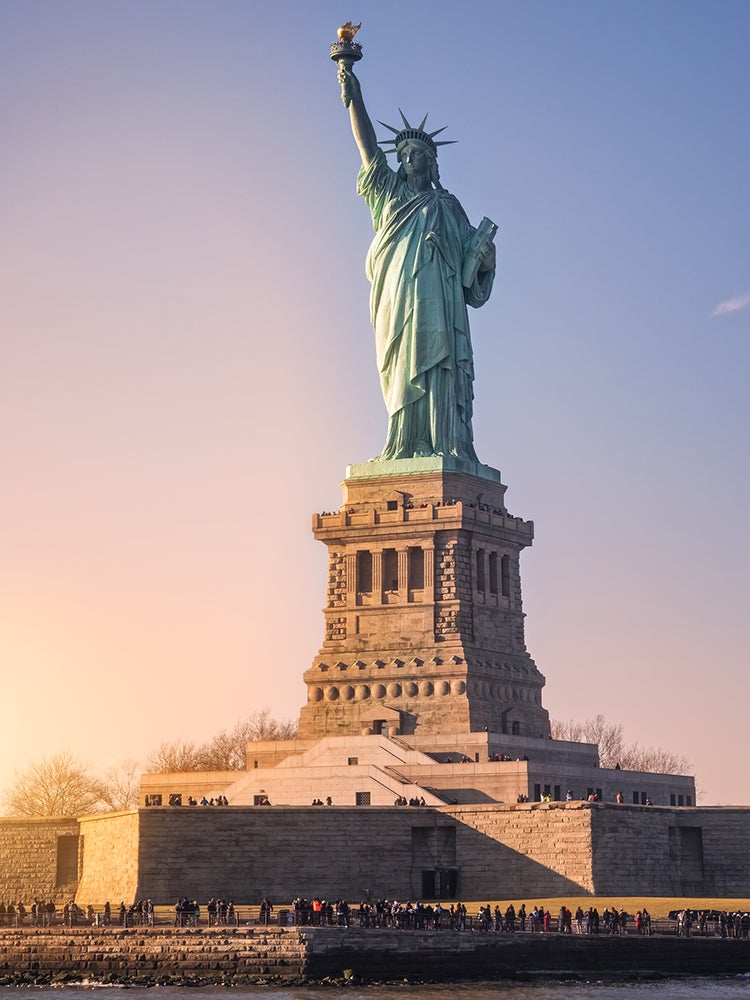
Although the Statue of Liberty has become a symbol of freedom and of the friendship between the United States and France, sculptor Frédéric Auguste Bartholdi initially envisioned the massive figure as a robed peasant woman with a torch, standing at the entrance to the Suez Canal in Egypt. When that idea was scuttled, Bartholdi turned his attention to the United States, transforming his Egyptian peasant into a female embodiment of liberty. While the statue itself was paid for by France, through donations from city governments, citizens, and even schoolchildren, the United States needed to pay for the pedestal. When fundraising faltered stateside, newspaper publisher Joseph Pulitzer took up the crusade, urging readers to contribute. The campaign raised more than $100,000 in six months. In another close call, while en route to the United States in 1885, the French transport ship carrying Lady Liberty was nearly lost at sea off the coast of Portugal.
Washington Monument – Washington, D.C.
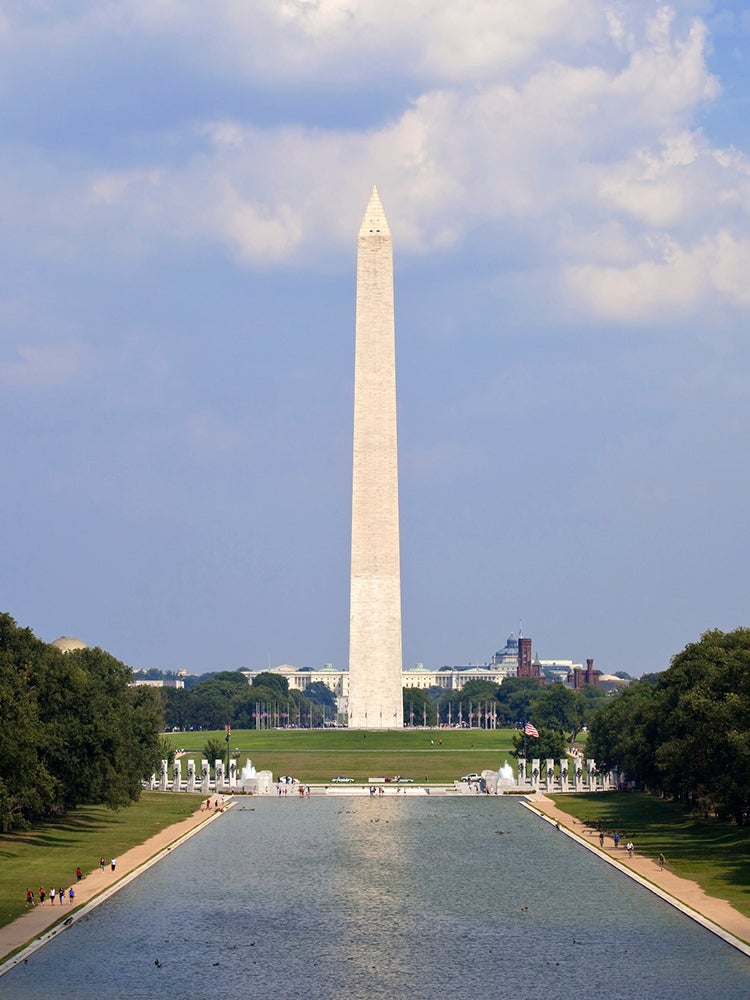
The Washington Monument’s many challenges date back practically to its inception, when the Washington National Monument Society, formed in 1833, struggled to raise funds. In fact, money ran out soon after the cornerstone was laid in 1848. Further complicating the project, a stone donated by Pope Pius IX—one of scores of gift stones from states, foreign countries, corporations, and other entities—was stolen and destroyed in 1854 by members of the secretive Know-Nothing party, an anti-Catholic, anti-immigration group. When Know-Nothings also took control of the Monument Society, fundraising dried up and Congress withdrew support. The structure remained partially built until 1878, when Congress allocated funds and construction resumed.
The White House – Washington, D.C.

Perhaps one of the greatest symbols of American democracy, the White House was nearly burned to the ground during the War of 1812. In August 1814, British troops invaded Washington, D.C., and ransacked the White House before setting it ablaze. Somewhat serendipitously, a tornado and an accompanying storm came through shortly after the soldiers set the fires, killing several of the British troops and extinguishing the flames, saving the structure. Reconstruction was completed by 1817.
Grand Central Station – New York City
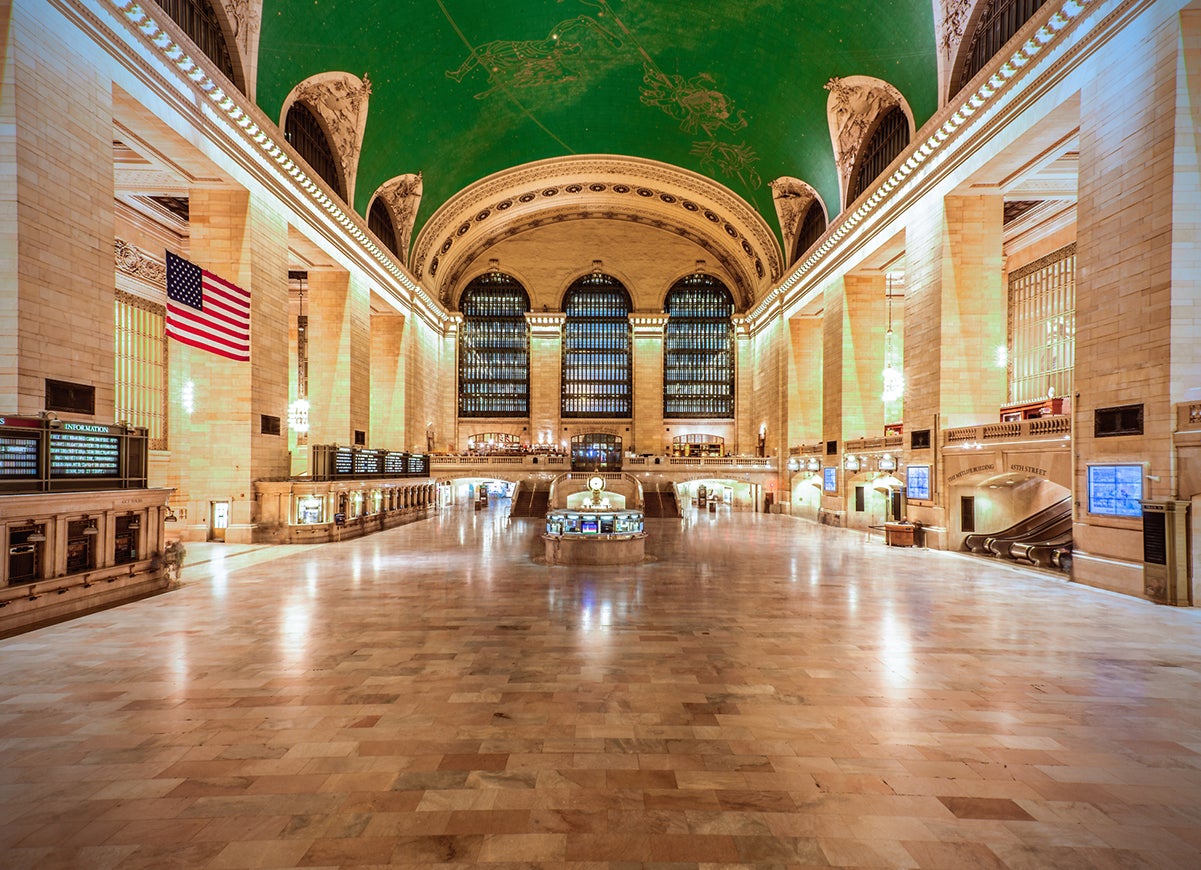
While it lacks the towering height of the Washington Monument or the stately breadth of the White House, Grand Central Station in New York City is no less a symbol of our country, specifically representing American prosperity and engineering prowess. Despite its significance, the station has several times in its history become a point of contention between real estate tycoons interested in capitalizing on its prime location and preservationists trying to protect the landmark structure. Fortunately, unlike the lamented original Penn Station, Grand Central weathered the storms.
Related: The 25 Most Beautiful Old Train Stations in America
Cape Hatteras Light Station – Buxton, North Carolina
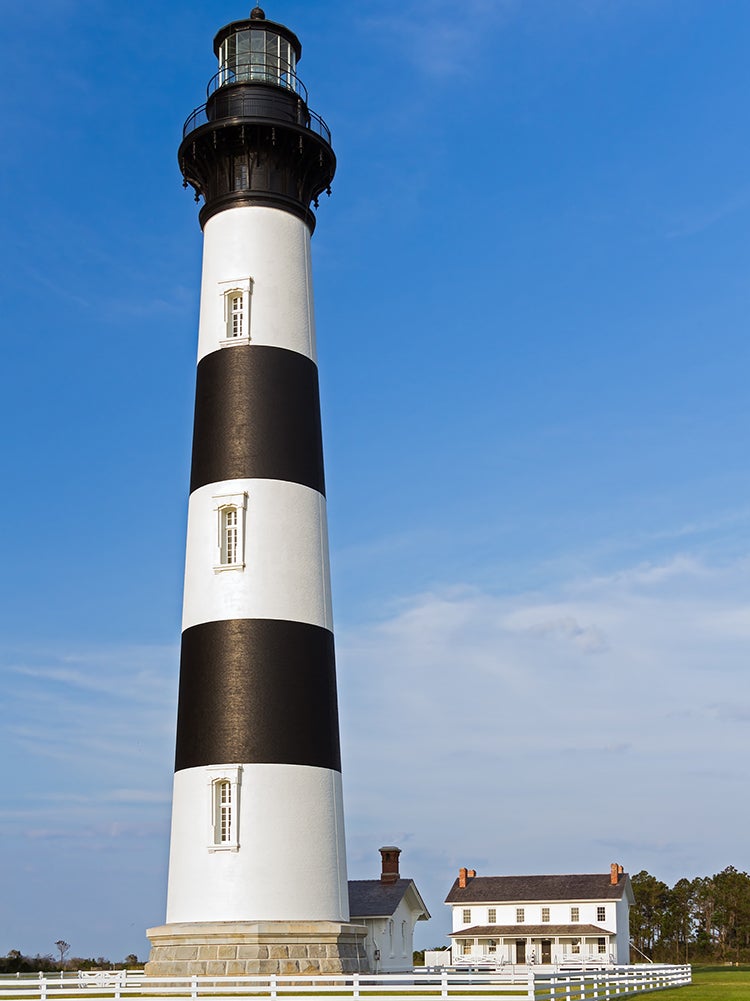
The Cape Hatteras Light Station is what many Americans visualize whenever they think about lighthouses. Built in 1870, 1,500 feet from the water’s edge, the Cape Hatteras Lighthouse seemed to be walking closer to the ocean as the years progressed. In reality, the beach around it was eroding, bringing the high water line to within 120 feet of the base of the lighthouse and putting the structure in grave peril. In 1999, with the sea again approaching the lighthouse, the National Park Service had it moved to safer ground, nearly 3,000 feet from its initial site. In the process, furthering its notoriety, it became one of the tallest masonry structures ever moved.
The Fox Theatre – Atlanta, Georgia
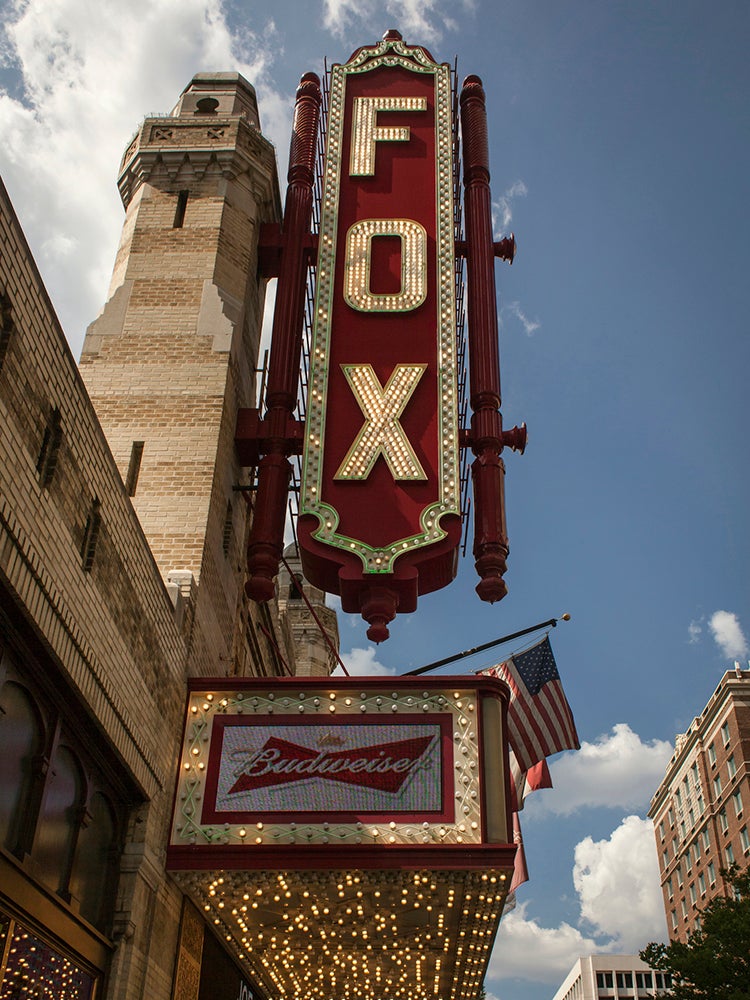
The Fox Theater in Atlanta, a shining example of the American movie palace, opened on Christmas Day in 1929. Its exotic Islamic architecture and Middle Eastern influences created a perfect backdrop for moviegoers to escape their everyday lives and indulge their celluloid fantasies. Though the theater thrived far longer than many of the classic movie palaces, the owners announced in 1974 that it would close for good. When word got out that a high-rise was to be built on adjacent property and the theater was to be razed to make space for its parking structure, local citizens were up in arms. Thanks to their activism, the city struck a deal with the owners and developers that ultimately allowed a non-profit to transform the theater into a flourishing performing arts center.

